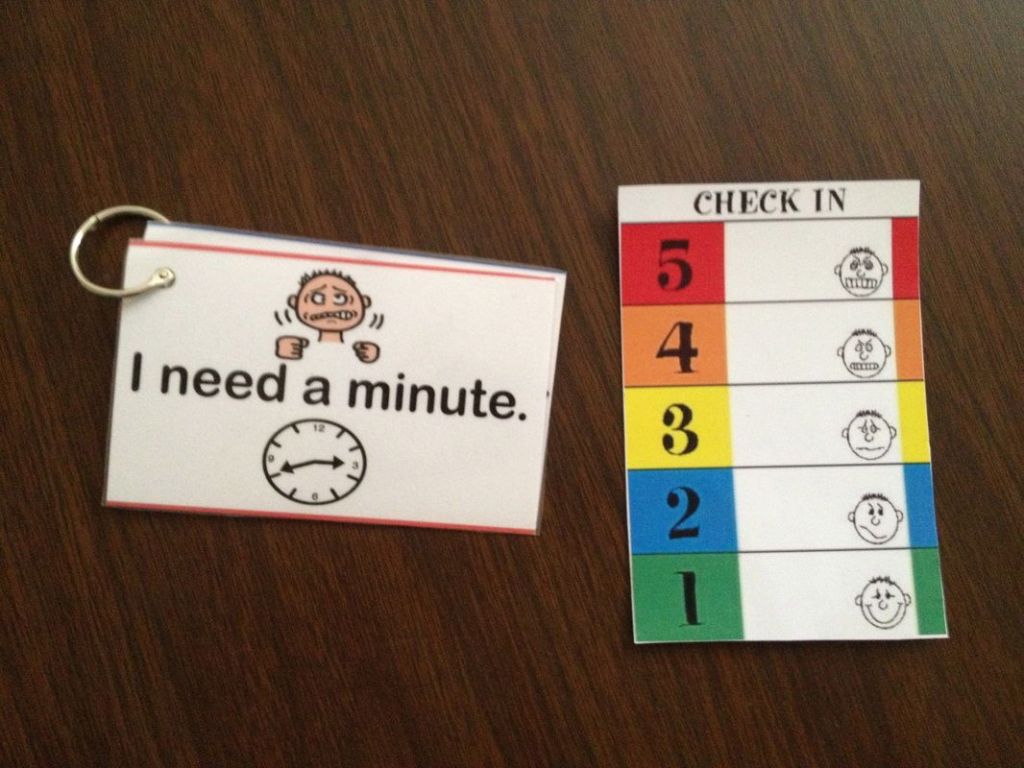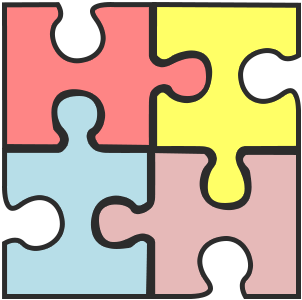
Tantrums, refusal, disruptive behaviors
Escape behaviors are frequently discussed by care takers and parents as common behaviors they see their child or family member engage in. Teachers also share the same challenges from their students. ABA therapists often hear things like, “He constantly refuses to take a shower and brush his teeth. If I push him to do it, he becomes very angry and runs to his room…” or “A few of my students refuse to do any writing assignments and say that it’s too hard without even trying”. Escape behaviors can be challenging to manage and can be disruptive when trying to change without the proper supports and implementations.
Escape behaviors are behaviors that delay, avoid, or end an unwanted task or event. Most escape behaviors are maintained because the behaviors are extreme enough to avoid the unpleasant event. What a child may use to escape a task can depend on the environment they are around. In a classroom full of students with a few who show escape behaviors a teacher might allow the escape behavior to occur if it means she can avoid more extreme behavior to occur and cause more disruption to the entire class. A child at home may use stalling tactics to avoid bedtime or show physical aggression when a parent tried to comb a child’s hair.
Addressing Escape-maintained behaviors

Addressing Escape-maintained behaviors need to be with a systematic approach that is individualized to address the individuals needs. Applied Behavior Analysts will provide teachers and parents with different strategies that can be used to treat escape-maintained behaviors. Some commonly used interventions that are used are: Providing access to breaks at regular time and teaching an individual to ask for breaks or delays in activities with consistent timed breaks. Shortening tasks or chunking tasks by breaking them up into smaller bits and allowing the individual to choose the order of the tasks. Escape behaviors are difficult to address and it may take a combination of strategies depending on the individuals behaviors and environmental triggers.
Additional Resources to Help with Escape-Maintained Behaviors
- Function-Based Treatments for Escape-Maintained Problem Behavior: A Treatment-Selection Model for Practicing Behavior Analysts (nih.gov)
- Function-Based Interventions for Escape-Maintained Problem Behavior – Autism Spectrum News
- Break Card – Autism Circuit
- Visual_Schedule_by_ABA_Visualized.pdf (shopify.com)
- Autism Jargon: Escape Maintained Behavior – YouTube

